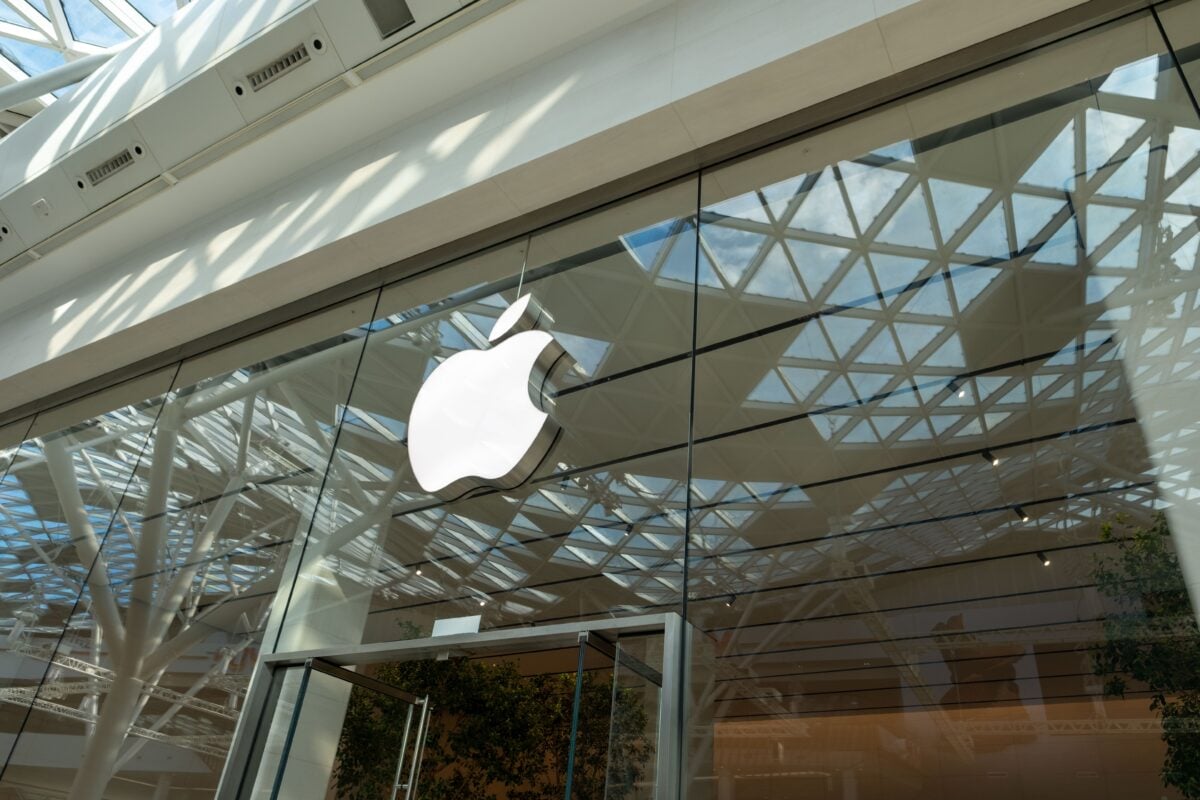TLDRs;
- Apple begins shipping U.S.-made AI servers from Houston, boosting domestic production and reducing reliance on overseas factories.
- The servers, built with Apple Silicon, will power Apple Intelligence and Private Cloud Compute infrastructure.
- Apple’s $600 billion U.S. investment plan includes expanding the Houston facility and creating thousands of new tech jobs.
- Texas continues to emerge as an AI and data center hub, with massive power growth driven by new infrastructure demand.
Apple has begun shipping its first-ever U.S.-made AI servers from a state-of-the-art facility in Houston, Texas, marking a significant shift in its global manufacturing strategy.
Announced on October 23, this milestone reinforces Apple’s push to bring more of its advanced technology production back to American soil.
The servers, powered by Apple’s in-house silicon, will play a key role in powering Apple Intelligence and Private Cloud Compute, the backbone of the company’s growing AI ecosystem. This initiative reflects Apple’s broader $600 billion commitment to invest in U.S. manufacturing, suppliers, and infrastructure projects over the coming decade.
Previously, most of Apple’s server infrastructure had been assembled overseas, particularly in Asia. Now, with the Houston rollout, the tech giant signals its intent to reduce reliance on foreign production while boosting domestic innovation.
Driving AI Infrastructure from Texas
The Houston facility, one of Apple’s most advanced manufacturing hubs, is now shipping servers optimized for AI workloads. These servers will support Apple’s push into privacy-preserving AI computing, where sensitive data stays encrypted on the device or in secure U.S.-based data centers.
Apple says it plans to expand the Houston plant’s operations next year, scaling up production capacity and bringing new high-tech manufacturing jobs to the region. Internal projections suggest the site could create several thousand new positions, spanning engineering, logistics, and semiconductor fabrication.
“Apple’s investment in American manufacturing reflects both our commitment to innovation and to creating high-quality jobs right here in the United States,” said CEO Tim Cook, emphasizing the importance of domestic production for the company’s AI-driven future.
Apple’s American-made advanced servers are now shipping from our new Houston facility to Apple data centers!
These servers will help power Private Cloud Compute and Apple Intelligence, as part of our $600 billion US commitment. pic.twitter.com/maOd3lCGfK
— Tim Cook (@tim_cook) October 23, 2025
Chip Strategy Meets Local Manufacturing
While Apple is building AI servers in the U.S., the chips inside them remain a story of strategic evolution. Reports indicate that Apple plans to continue using TSMC’s 3-nanometer N3P process through late 2026, delaying its move to 2 nm until the A21 chip in 2027.
Instead of chasing smaller nodes immediately, Apple is focusing on advanced chip packaging techniques—like TSMC’s Chip-on-Wafer-on-Substrate (CoWoS) and System on Integrated Chips (SoIC). These methods allow Apple to stack and connect chips more efficiently, achieving performance gains without escalating manufacturing costs.
Future M-series chips for Macs and AI servers are expected to use this 3D stacking approach, targeting mass production between 2025 and 2026. This gradual transition underscores Apple’s preference for reliability and power efficiency over rapid, costly process node jumps.
Texas, The New AI Powerhouse
Apple’s move also aligns with Texas’s rise as a major AI and data center hub. According to ERCOT (Electric Reliability Council of Texas), the state’s power grid is seeing explosive demand growth from data centers and AI infrastructure.
Texas hosted 279 data centers as of late 2024, with more than half clustered around Dallas–Fort Worth. ERCOT projects that total power demand could increase by 43 gigawatts by 2030, the equivalent of adding 30 nuclear power plants, driven largely by AI computing and cloud infrastructure expansion.
Some single AI data centers in the state are now requesting up to 1 GW of electricity each, highlighting the scale of energy required for machine learning and cloud workloads. For investors and power producers, this marks a major opportunity to capitalize on the state’s growing AI energy economy.





